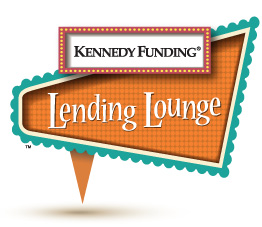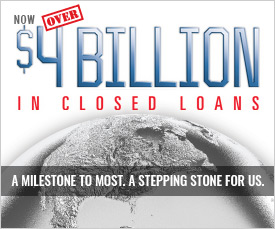 One of the side effects of the housing crash has been an increase in demand for residential rentals.
One of the side effects of the housing crash has been an increase in demand for residential rentals.
Since 2010, apartment rents have increased 26 percent as developers have been flocking to meet the need for apartments. More than 378,000 new apartment units are expected to be built in 2017.
According to research from real estate website Zillow, the median age of a renter is 32, with millennials making up 56 percent of renters. Millennials are waiting longer to purchase homes as they are also waiting longer to get married and have children. They prefer apartment buildings to single-family homes. Millennials and Generation X are more likely to be long-term renters.
Fifty-one percent of all renters are looking to rent in small- to medium-sized buildings.
While major markets such as New York may be peaking when it comes to luxury rentals, the demand for mid-range rentals remains strong. In large urban areas, apartments are seen as a part of transit-oriented development, where housing is developed, along with offices, dining and retail establishments, near public transportation such as commuter train stations and bus stations and stops.
The prospect of rising interest rates, along with a tight housing inventory and fast-moving sales, makes renting an attractive prospect, especially as people wait to see how the Donald Trump administration affects housing.
All these trends make residential rental development an attractive opportunity. Taking advantage of this opportunity means being able to move fast. And that’s where direct private lending can make a difference.
Direct private lending provides funding for things like land development, or working capital during construction.
“With our ability to close fast, we get projects started quicker, which means less time between groundbreaking and tenants moving in and paying rents,” said Kevin Wolfer, president and CEO of Kennedy Funding.







